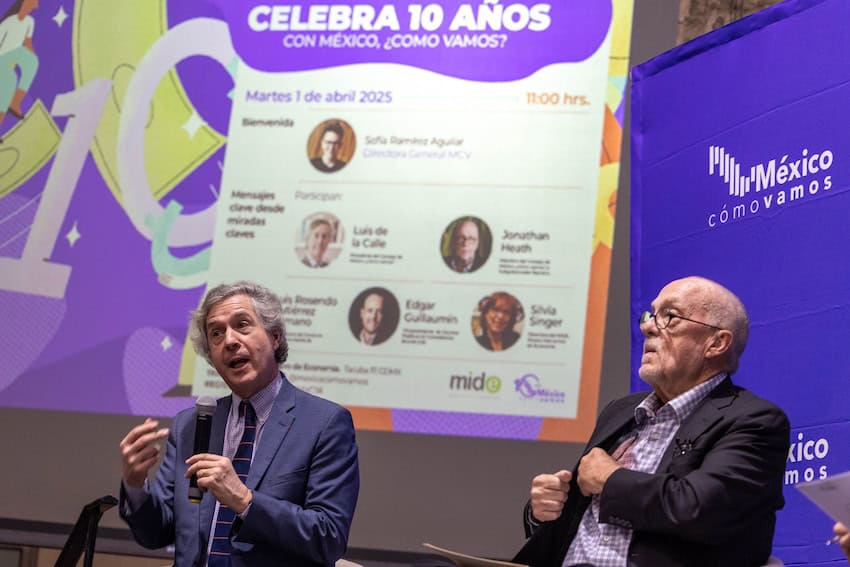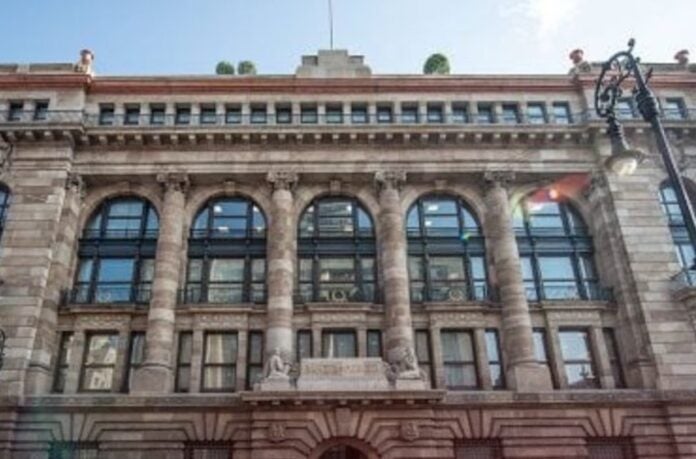Mexico’s central bank (Banxico) cut its benchmark interest rate by 25 basis points on Thursday, setting it at 7.25%, its lowest since May 2022.
The cut marked the 11th straight meeting in which the Board of Governors lowered borrowing costs and the third consecutive time the rate was reduced by a quarter-point.

(Moisés Pablo/Cuartoscuro.com)
Though the move was widely expected, analysts noted that Banxico struck a more cautious tone on the outlook for further easing, citing a weak economy and declining to offer guidance beyond its next meeting on Dec. 18.
That refusal represents a change in its forward-looking guidance, which had consistently indicated further cuts. Some analysts believe this change suggests the monetary easing initiated in 2024 will pause next year, while others anticipate that only an unexpected shock would halt the cycle.
Banxico’s decision came a week after the national statistics agency INEGI reported that Mexico’s economy had contracted by a seasonally adjusted 0.3% in the third quarter and was followed by Friday morning’s report that annual inflation decelerated in October.
The economic contraction was caused by weakness in the industrial sectors: manufacturing, mining, construction and energy. This situation suggests the possibility of a longer monetary easing cycle to stimulate the local economy.
And while the inflation rate remained within the central bank’s target range of 3%, plus or minus a percentage point, analysts and policymakers cited by the news agency Reuters have adopted a cautious tone.
“We anticipate a rebound in annual inflation in early 2026 as a result of the effects of tax increases,” economists at Banamex said in a note.
In a statement explaining its interest rate decision, Banxico said it considered the behavior of the exchange rate, the weakness shown by the economy and the possible impacts of changes in trade policies at a global level.
The central bank acknowledged that tariff measures imposed by U.S. President Donald Trump “continue to add uncertainty to the outlook” and could lead to “inflationary pressures.”
“The Governing Board deemed it appropriate to continue the cycle of reductions [which] is consistent with the assessment of the current inflationary outlook,” Banxico said, while also emphasizing lingering risks from stubborn core inflation.
Banxico cited upside risks to inflation, including currency depreciation, persistent core inflation, disruptions from geopolitical conflicts and cost pressures.
Core inflation, which excludes volatile food and fuel prices, stood at 4.28%, unchanged from the previous month.
Banxico did revise its forecast for annual headline inflation downward, now expecting it to close 2025 at 3.5%, compared to the previously estimated 3.6%.
With reports from Reuters, El Financiero and El País
